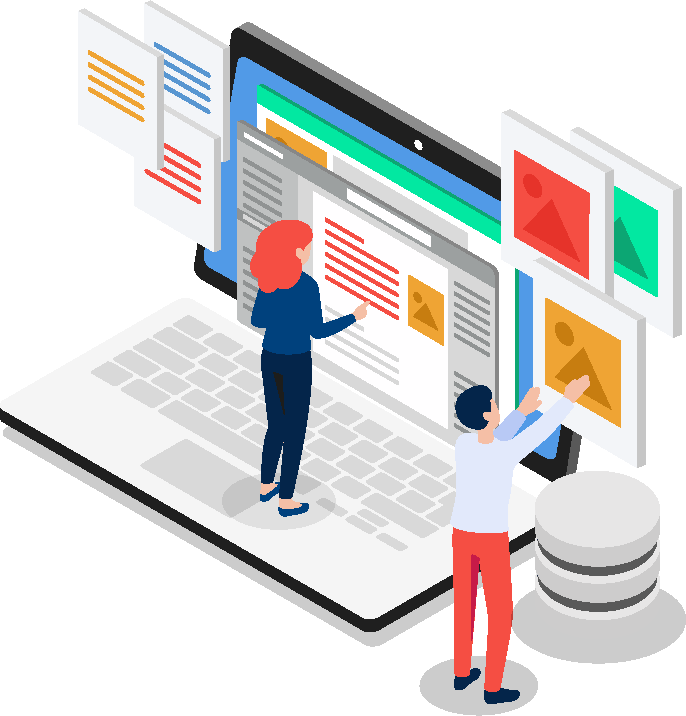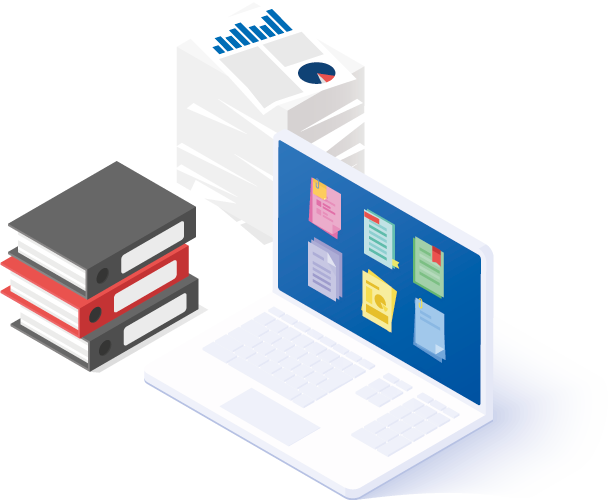Too high demands on the content of your technical documentation?
Content creation in the technical documentation department is very different from content creation in other areas.
First of all, there's the sheer amount of content. Documentation needs to be available in full and that means large volumes of text. At the same time, content in technical writing departments is in multimedia form. Text, images, diagrams, videos, 3D models – there isn't a single mode of presentation that isn't relevant for technical writing.
It is easier to meet these requirements with a component content management system (CCMS) such as SCHEMA ST4.
Did you already know...?
Technical documentation is content. However, content in technical writing departments differs from other content such as that of the marketing department in a few ways. It is more comprehensive, consistent, and often subject to stricter legal standards and requirements. Another difference is that content in technical documentation typically only reaches customers who have already purchased the product.
The target group for technical content is often not (just) the buyer, but also operating staff on a machine or service staff. This can make addressing the target group very complex. As a result, content creation in technical documentation brings with it some changes and additional challenges that are unfamiliar to professionals working in other areas of company communications or PR.
Why is content creation so difficult in technical documentation?
Despite the scope and variety of content in technical writing departments, the framework conditions are very narrow:
- Technical documentation is often created under enormous time pressure.
- There are often strict quality and security requirements for technical documentation. Technical documentation is supposed to prevent personal injuries and damage to property and should be quickly accessible even in critical situations.
- Technical documentation is subject to a number of legal standards and requirements. This goes for both the content as well as the design and language of the manuals.
- Technical Documentation can also be an important element for customer loyalty.
SCHEMA ST4 organizes the content into individual components or modules, hence the name component content management system. The fact that these modules only need to be created once but can be used in many different contexts speeds up content creation in technical writing departments enormously. The content process gains additional speed through layout automation and by making content available in (almost) all popular output formats.
SCHEMA ST4 also offers automated exchange interfaces to lots of other company systems that record and provide content (e.g., spare parts catalog systems, product information systems, translation management system). A number of content processes can be automated as a result, eliminating tiresome manual work.
Modularization provides security. These changes can be implemented centrally and at the same time integrated into all the relevant documents. The basic principle of a component content management system is therefore an important quality and security component. SCHEMA ST4 also offers lots of additional mechanisms that ensure that the content of documentation is correct in terms of its content and language. It features release mechanisms and internal control modules that constantly review the content. It also offers interfaces, including to systems for controlled language that improve the intelligibility and structural integrity of the documents.
SCHEMA ST4 enables technical writing departments to output content in various formats and via lots of different channels, ensuring that customers are always addressed in their preferred medium. Metadata can also be used to tailor the content to different target groups; users are targeted according to their knowledge level and respective tasks.
This customer orientation gains a whole new dimension via content delivery [link to the InfoCube], whereby the documentation content is customized for individual users. Feedback channels create an ongoing dialog between the technical writing department and users.
- Finely granulated content modularization
- Reuse at different content levels
- Automation of processes by default (e.g., publication, translation, etc.)
- Layout tools for print, web, and special formats
- Clear presentation in matrices (e.g., variant & version matrix, translation report, etc.)
- Standard import for legacy data (MS Word/FrameMaker documents)
- Reporting Center for creating reports (predefined and freely configurable rules for preparing reports)
- Standards-compliant safety messages
- Multiply interface languages
- Definable content languages (standards-compliant via LCID)
- Freely definable modeling
- Standardinterfaces for data exchange with third-party systems (e.g., via Excel or tbx)
- Standardinterface to portals (e.g., InfoCube)
- iiRDS publication by default (via customizable example layout)




